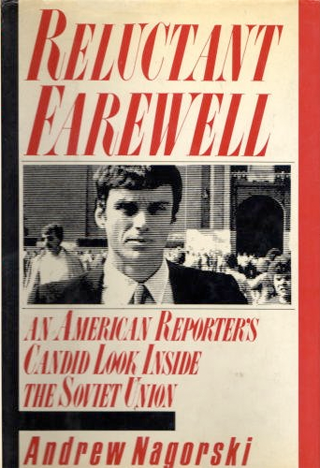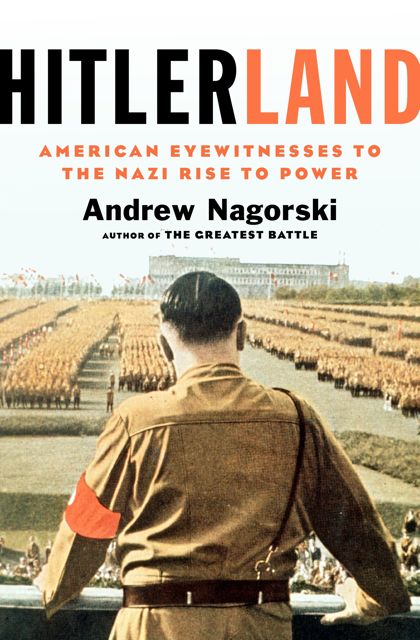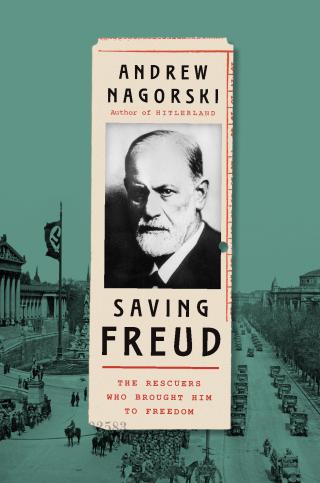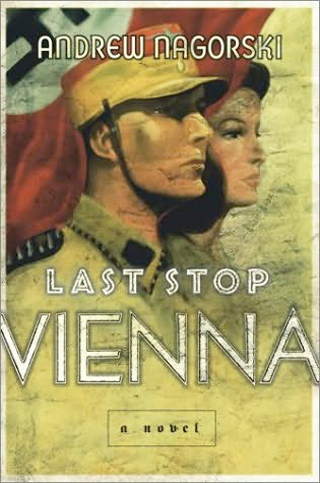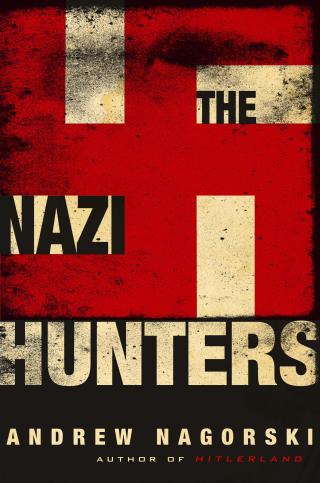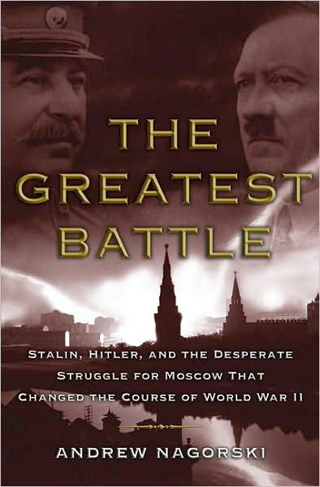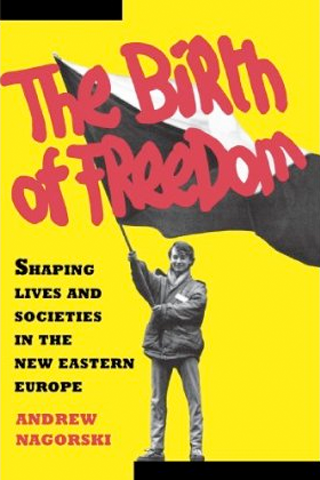It might seem as though a historical episode as large and traumatic as World War II would be so momentous, so universally experienced, as to fix itself immutably in the cultural memory of the peoples who took part in it. But four new books by Amherst authors, all focused on the war or subjects near to it, examine how our collective understanding of the war years was constructed and maintained by the stories told about it. Two of the books reconsider stories well-known to history, and the other two illuminate stories largely unknown to a general American readership.
The commonly understood story of the fighting of the war against Hitler depicts a nearly invincible Wehrmacht running roughshod over its enemies until it was finally turned back in the apocalyptic Battle of Stalingrad in 1943. But in 1941: The Year Germany Lost the War, Andrew Nagorski ’69 makes a convincing case that the real turning point came much earlier, in 1941, when a series of strategic errors on Hitler’s part, combined with grueling diplomatic efforts to negotiate the uneasy alliance between the western allies and the USSR, made Germany’s defeat all but inevitable.
This is the year Hitler decided to abandon preparations for the invasion of England and instead pivoted to Operation Barbarossa, the invasion of Stalin’s Soviet Union that would bleed Hitler’s armies dry. Also, the mass murder of the Holocaust, accelerated in 1941, diverted resources from the war effort. But perhaps the most fascinating sections of Nagorski’s eminently readable book are those detailing the Herculean efforts of diplomats who figured out a way for the capitalist United States to come to an armament agreement with the communist Soviet Union.
Sudden Courage: Youth in France Confront the Germans, 1940–1945, by Ronald C. Rosbottom—Amherst’s Winifred L. Arms Professor in the Arts and Humanities and professor of French and European studies—adds nuance and depth to the memory of the French Resistance against Nazi occupation, and argues that the vitality of the underground movement came from the vigor and idealism of its youngest members, often teenagers. The French Resistance is remembered often as dashing war bands camping in the woods and waiting in ambush for German patrols, but Rosbottom shows us that resistance was often more of a state of being, a constant uncowed noncompliance. And it wasn’t only the Nazi occupiers that a young resistor had to contend with but an entire French-speaking collaborationist state apparatus. As Rosbottom tells us, for the Nazis, “The war in the east took precedence over chasing young boys and girls around the streets of large French cities. So the Occupying Authority called on the French police and gendarmes to do their work for them and monitor young ‘terrorists.’”
Spaniards in Mauthausen: Representations of a Nazi Concentration Camp, 1940–2015, by Professor of Spanish Sara J. Brenneis, is a somewhat more academic exercise, focusing on a subject that will be unfamiliar to most casual readers of history: the experience of Spanish prisoners in the German concentration camp Mauthausen. The prisoners (about 8,000, of whom 5,000 would not survive the camp) were largely political prisoners—Republicans, on the losing side in Spain’s civil war against Franco’s fascists. The book does well to serve the memory of this subset of Hitler’s victims, effaced first by Hitler and then by Franco, who ruled into the 1970s. Brenneis gives special attention to the ways in which prisoners constructed and preserved the narrative of their own ordeal, even while imprisoned, via contraband sketches and smuggled photographs, and the ways in which Spanish culture has chosen to remember them. As much a work of compelling history, this is an investigation of the role of media in group remembrance.
Resistance was a state of being, an uncowed noncompliance."
Aufbau was a German-language émigré newspaper, published out of New York City beginning in 1934, for a primarily Jewish readership of escapees, evacuees and refugees from Germany and Eastern Europe. In The World of Aufbau: Hitler’s Refugees in America, Peter Schrag ’53 examines how the paper, which featured writing from the likes of Thomas Mann, Hannah Arendt and Albert Einstein, tracked the darkening clouds over Europe. By looking at the Jewish refugee community’s most prominent paper, we get a glimpse into how the new immigrants processed their displaced lives, their take on the progress of the war and the terrible unveiling of the Holocaust. Ads in the paper for English lessons or a new café on the Upper West Side offering old-world cuisine can tell us as much as headlines such as “Loyal Germans and Illoyal Nazis in U.S.A.”
Taken together, these four books are lessons in how historiography is more than a writing down of “what happened”; it is a generative act in the service of the things we must remember.
Mancusi is the author of the 2019 novel A Philosophy of Ruin.
Illustration by Andy Martin

